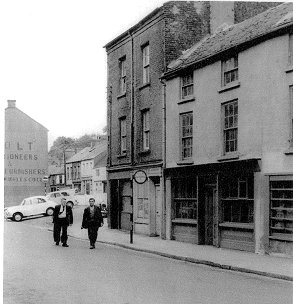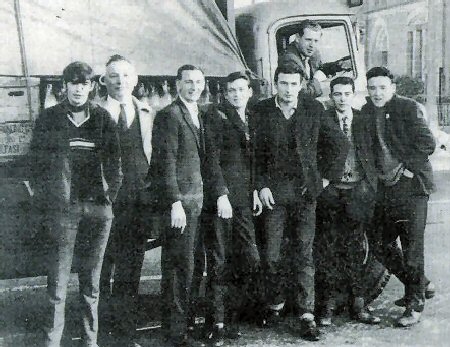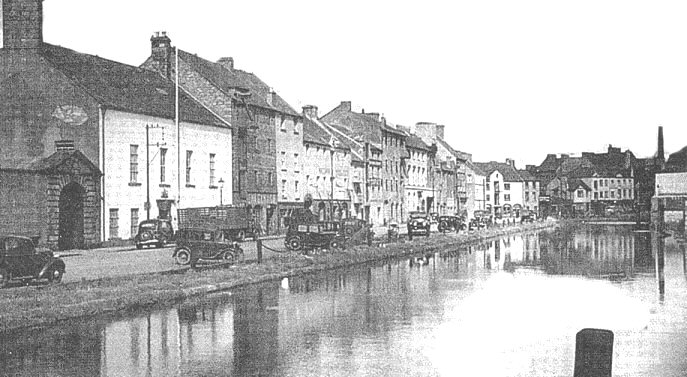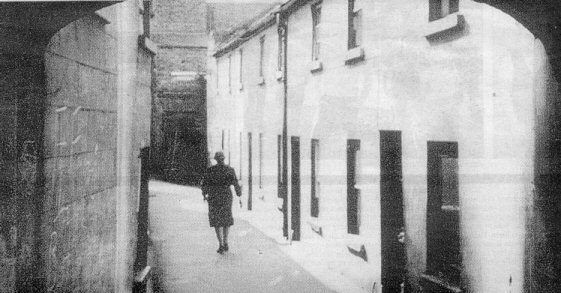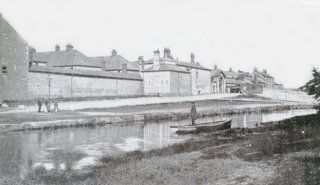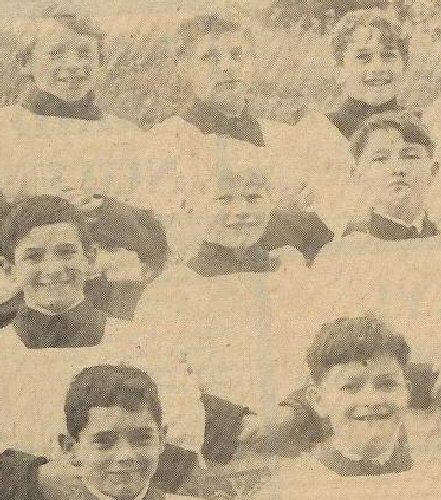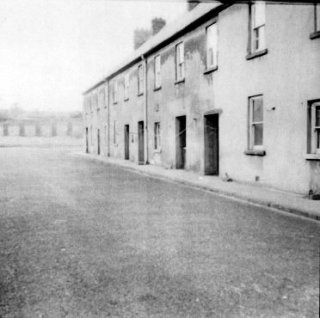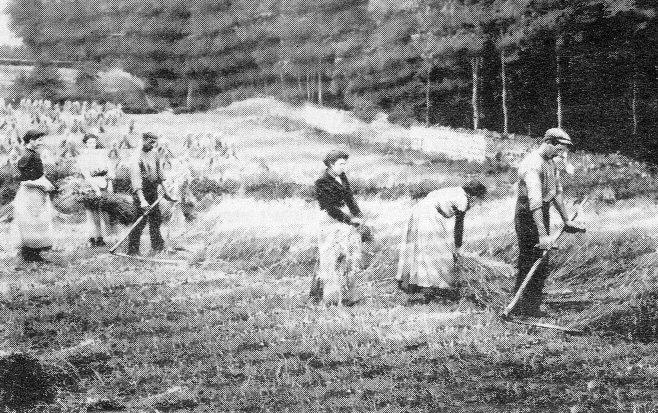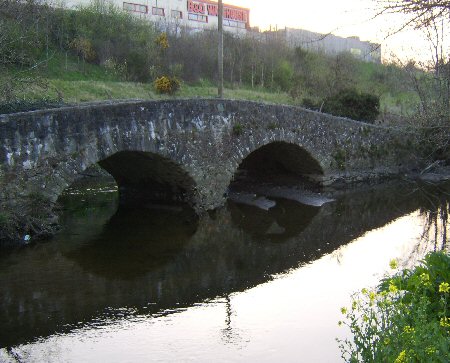With our close study of
Year ……………. 1841 1851 1861 1871 1891 1901 1911
No. of homes ….. 1720 1634 1599 1650 1779 1727 1669
Population/Newry. 9179 9951 8189 8581 8446 8262 8064
From the close of the Famine Years to 1911 (the approximate year of my father’s birth) Newry’s population, largely due to huge emigration numbers, had dipped by 11% – no fewer than 1,887 fewer persons were registered at the latter date. With approximately the same total number of houses, it follows that overcrowding in Newry was dramatically worse at the earlier date!
Yet from the Census study we find that four or more persons were living in tiny houses of one or two rooms in Upper Water Street at the turn of the century: the situation was much worse in the many ‘entries’ , in the more deprived Baile Bocht district, and indeed in the Lower Water Street area just yards away. [In 1901 for example, there were 40 dwelling houses in Lower Water Street, 36 of them occupied by 177 persons (all Roman Catholic). 7 were of 1 room and 26 of 2 room. Average occupancy per house was 5 persons].
Anyway, to conclude our review of residents of
Grocer and Spirit merchant James Heather (32) lived with his wife Maggie (27) brother William (40) a shop assistant and brother Thomas (34) a drapery assistant. Thomas Rankin (15) and Lizzie Hannaway (23) completed the Heather household.
Spirit merchant John O’Hare (25) lived with his wife Susan (25). Grocery merchant Patrick O’Hare (59) shared his house with apprentice Hugh Doyle (18) Monaghan-born Peter Lambe (30) a manager and Mary O’Neill (55) a housekeeper.
…. more later …
